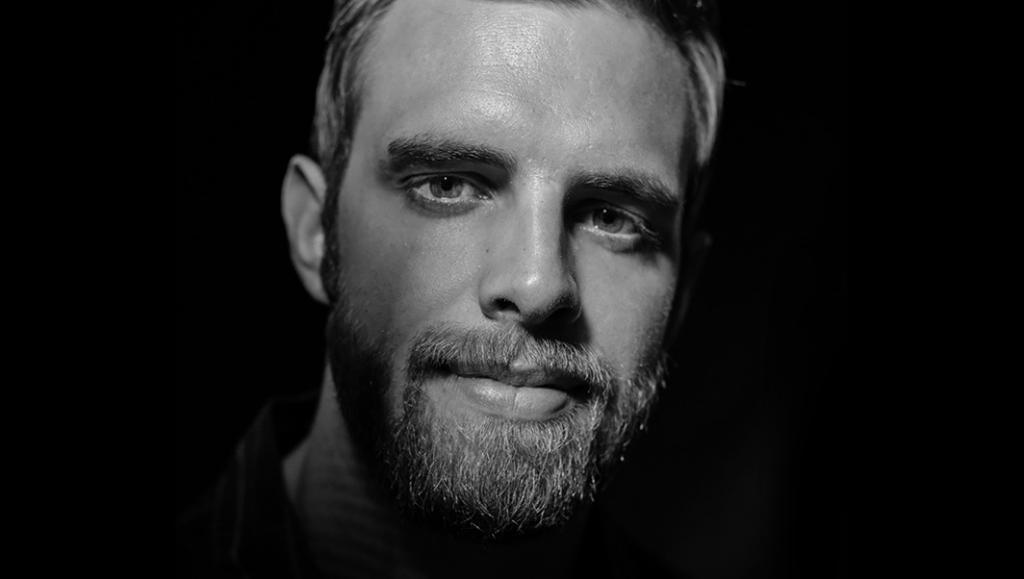Pop Culturalist Chats with Royce Gorsuch

Royce Gorsuch is the creative genius behind one of the year’s best films, Mad Genius (yes, it’s that good). He wrote and directed a mind-bending sci-fi thriller about one man’s desire to fix humanity by understanding how our brains operate. The result is a one-of-a-kind story that’ll have you questioning right from wrong. Pop Culturalist sat down with Royce to chat about Mad Genius, making his directorial debut, and creating a film for the digital era.
PC: For our readers who are unfamiliar with Mad Genius, can you give us a quick rundown about the film?
Royce: Absolutely! Mad Genius is about a young mad genius attempting to hack the human mind in order to fix humanity and save humanity from itself. It’s an idea that’s born from the digital generation and the idea that you can change the world from your bedroom—kind of like Mark Zuckerberg did with Facebook. At the beginning you’re alongside the character thinking that maybe he has a solution, but, then, if you follow the journey, you realize that he’s like anyone else and has a lot of flaws. It gets darker and darker as the film progresses, and so, by the end, the goal is no longer necessarily good. I was trying to show the irony of playing God.
PC: So, you wrote and directed the film. Can you walk us through the process of creating these three-dimensional characters.
Royce: In terms of writing the film, the concept was born from the covers of Scientific American Magazine. I was seeing a lot of cover articles about mapping the human mind, and I was looking for a concept that could be told in a small way, but with huge global stakes and repercussions. I then began looking at my favorite films and the favorite characters I had growing up. I love psychological thrillers, and I love mind-bending science fiction; I started to combine those together and the characters were born from that. I wanted them to be unique and fun but also familiar. This is a spoiler alert but the main character has multiple personalities and they represent Freud’s Psychoanalytic Theory of Personality. We have Finn who represents the id, the instant gratification, the non-moral and Sawyer who represents the super-ego which is the questioner, the moral guide, the person or the side of the psyche that tries to rein in the person. Then, the main character is the ego who’s caught between the two. That’s what all of those really weird and highbrow concepts are trying to personify into the characters themselves and make them real and physical. In the film, as you’ll see, they get brought to life and they return back into the subconscious by the end. It’s a lot of high concept and crazy ideas, but I try to make it into a fun entertaining kind of comic-book-like movie.
PC: How long in the process did you realize you wanted these personalities to physically manifest?
Royce: That was something that happened in the middle of the rewriting process. During the rewriting process I had an epiphany that it would be really interesting to cross the two main characters’ arcs. Finn is driving Mason to achieve this goal and sacrifice his morality along the way, and then, by the midpoint of the film through experimentation, Finn is then brought to life. The arcs of the two characters cross, and Mason becomes the one driving to complete the project when Finn basically decides to bail. He follows hedonism, the id personified. I thought that idea was a really interesting thing to do and, also, it was something that I had never necessarily seen done before in the imaginary friend genre. It’s sort of like Fight Club meets Frankenstein. I was interested in trying to do something that was a little bit of a unique twist on that genre.
PC: So, you made your debut as a director. What was the most surprising part about the experience and the biggest lesson that you learned?
Royce: It debut at the FrightFest in Europe. I was really energized by the fans’ reactions and the questions that I received in the Q&A because people were really analyzing the film and really trying to figure it out, which was my whole goal. This film does not spoon-feed all the answers. It does not provide every little theme or every answer to the human problem or any of that. It’s there to ask questions and to get people thinking and to try to get people to add the story back up later. This is a unique way to do things because most films tell you exactly how to feel or exactly what happens. Yes, that’s satisfying, but every film does that for the most part. I wanted to do something a little different and I think probably the biggest lesson that I took away from it is that I am able to get away with doing that on my crazy little movie like this, but the next film that I do, one that’s for a much larger audience, I’ll probably revert back to a little bit more of the classical way of revealing information that is perfectly understandable for people. With this film, it was great being able to explore something like that.
PC: So, like you just mentioned, it premiered at FrightFest in London. Are there any plans to release it worldwide?
Royce: Yes. We’re talking to festivals in North America which, for us, is the domestic distribution. The way distribution deals often work is that the release happens in North America first, and then, all of the foreign distribution deals sort of kick in. We secured a lot of foreign distribution deals already, so now we’re looking for the right partner for our domestic distribution. In today’s landscape of distribution, it’s really varied because there’s a longer typical route since every film is different and there are so many different platforms and ways to release a film now. Especially with films like mine, it’s not a theater release and it’s made for the digital generation, so it will be about finding the right partner who knows folks that are watching on their laptops or their Apple TV or even their iPhone.
PC: Is there a particular scene that you’re most excited for fans to see?
Royce: My favorite section of the film is about two thirds or three quarters—from around 1:08 to 1:25—in the film because the two characters begin switching places. There’s like, a glitch in reality and they begin to switch in stressful situations and it’s really fun—visually fun, emotionally fun—and that’s my favorite section of the film.
PC: So, what’s next for you?
Royce: I’m in talks to write a movie treatment for a company that does comic book IP—which is very exciting—and I’m also developing my own episodic television series which is very similar to my film, but more based for general audience, for a bigger audience, but definitely cyber punk, definitely mind-bending, definitely playing with a lot of similar elements of my film.
PC: Did you know early on in your life that this is the career that you wanted to pursue?
Royce: I did! I began making films when I was a little kid with my action figures. There were different stories, battles, and wars. It kind of continued to develop and when I was about 16, Fight Club came out and I said, “That’s the most incredible film I’ve ever seen.” It inspired me.
Pop Culturalist Speed Round
PC: Guilty pleasure TV show?
Royce: Vikings
PC: Guilty pleasure movie?
Royce: Snatched
PC: A favorite play or a musical?
Royce: My favorite musical was probably The Lion King on Broadway.
PC: Favorite social media platform?
Royce: Instagram
PC: A band or artist that fans would be surprised to learn is on your playlist?
Royce: I’d say Halsey.
To keep up with Mad Genius and to learn where you can see it next, make sure to follow them on Instagram. Make sure to Pre-order your copy today on iTunes.


Discussion about this post